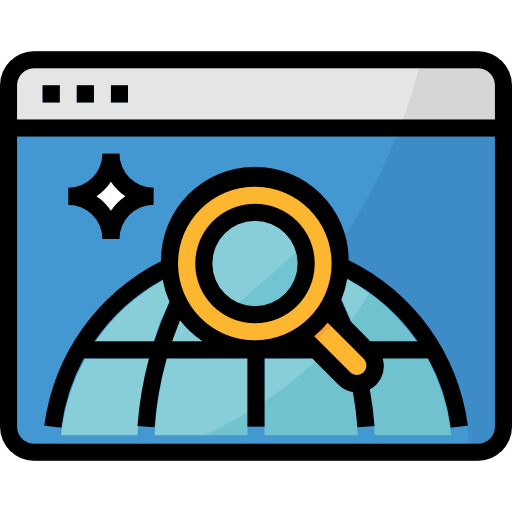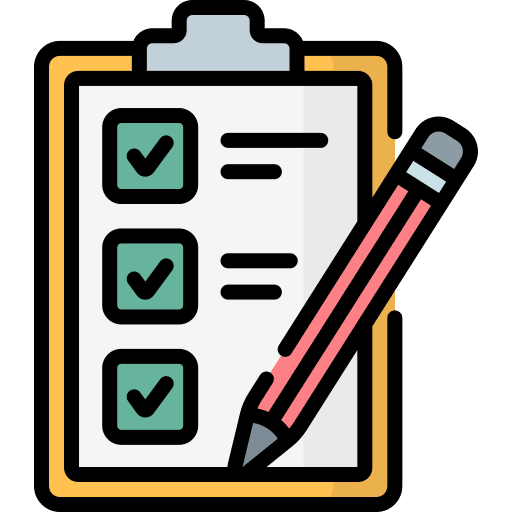SOLUTIONS / BUSINESS NEED
TraceabilityGather traceability data without manual data entry, and call it up instantly upon request.
What is food traceability?
Food traceability allows us to see the specific path — and ownership — of food from the beginning of its supply chain journey until it ends up at the customer location. Traceability is a key factor in providing accurate, real-time information to customers in terms of where the product has been, how it got to them, and what happened to it along the way.
Why is it important?
Regulatory compliance
Many nations require compliance with food safety laws, and many have specific regulations describing traceability requirements for food products. These regulations often require not just the supplier, but all supply chain actors to provide data about the location, provenance and conditions of these products.
In the United States, the Food and Drug Administration has mandated additional traceability record-keeping beyond what is already required as part of the Food Safety Modernization Act (FSMA). This additional rule, docket FDA-2014-N-0053, applies to any company that deals with products on the FDA’s Food Traceability List.
Basically, producers of many perishable goods have until January 1, 2026 to comply with this rule. To this end, we plan on providing our customers with the detailed data required by FSMA 204, NOAA’s Seafood Importation Monitoring Program, and EU 2023/2842 fisheries regulations.
Quick action in a recall
The more quickly the food supply chain can react to food safety, contaminant or fraud issues, the more quickly it can address these issues. Quick action can keep consumers from becoming ill, or worse. It can also reduce costs, by preventing bad food from ever ending up on retail shelves or in restaurants in the first place.
How do we do it?
A “transparent path” of provenance
Gathering food production and supply chain data is often tedious, expensive and sometimes manual work. Many existing traceability systems rely on manual data entry. This introduces risk through miskeyed data, human error, or translation of paper records to electronic.
The Transparent Path platform automatically generates this data record for each of your shipments, using continuously connected IoT sensors that record a steady stream of location and conditions data. Our customers simply enter basic shipment details into our platform, attach a sensor and assign it to the shipment, and the automated data entry begins.
Is end-to-end traceability always possible?
Transparent Path sensors collect GPS and conditions data continuously – and upload that data to our platform when sensors are in range of cellular networks (for example, near ports). Our trackers provide automated data collection at the point that trackers are applied to a shipment, and until they are removed.
Traceability data captured or generated before our trackers are applied, or after they are removed, would need to be entered into our platform manually.
Is your software compliant with the FDA’s Traceability Final Rule?
The Transparent Path team is currently enhancing existing features to be fully compliant with:
- The US FDA’s FSMA 204 and Traceability Final Rule (TFR)-specific requirements
- NOAA’s SIMP Program Regulations
- The EU’s 2023/2842 fisheries traceability regulations
- Adherence to the Global Dialogue on Seafood Traceability standards
- Adherence to GS1’s EPCIS 2.0 and CBV standards
We are currently working with partners in the US and the EU to craft a platform that provides easy compliance with these reguations. Interested in joining the party? Contact us at showme@transparentpath.com.
See how Transparent Path provides key traceability data
Contact our management team to set up an online demonstration of the Transparent Path platform.

